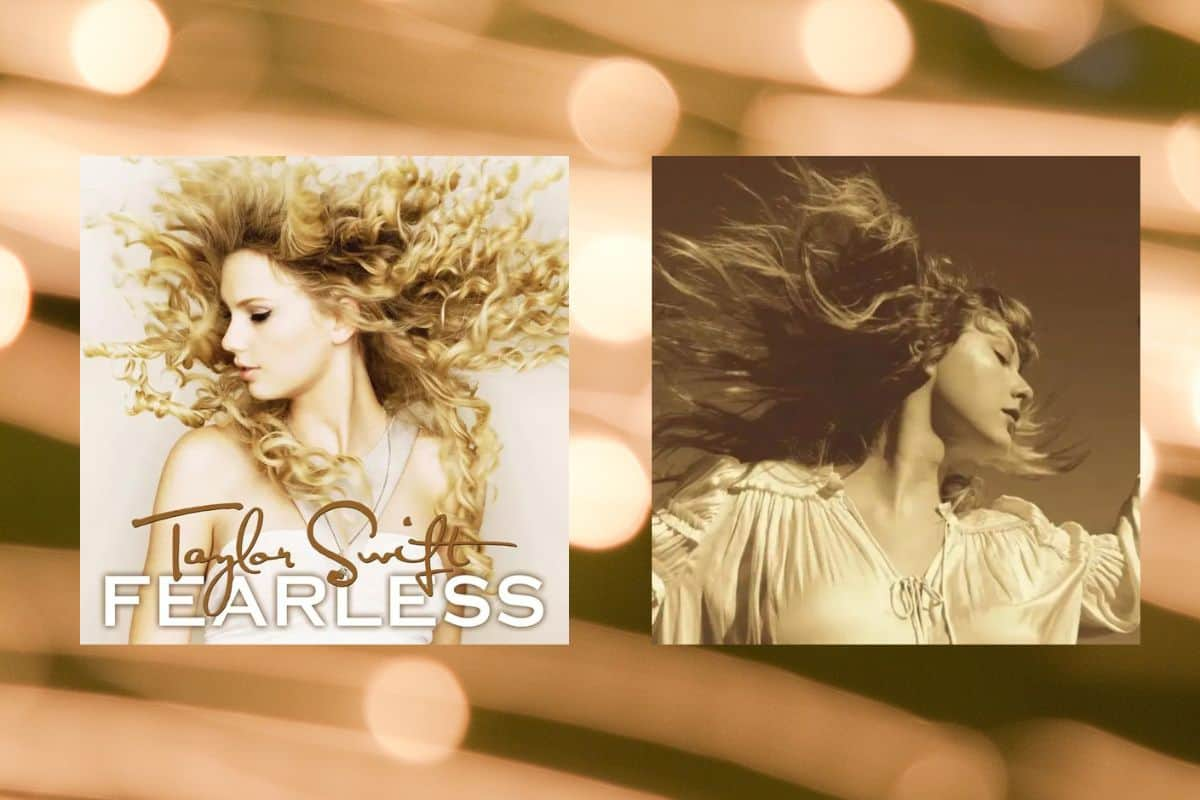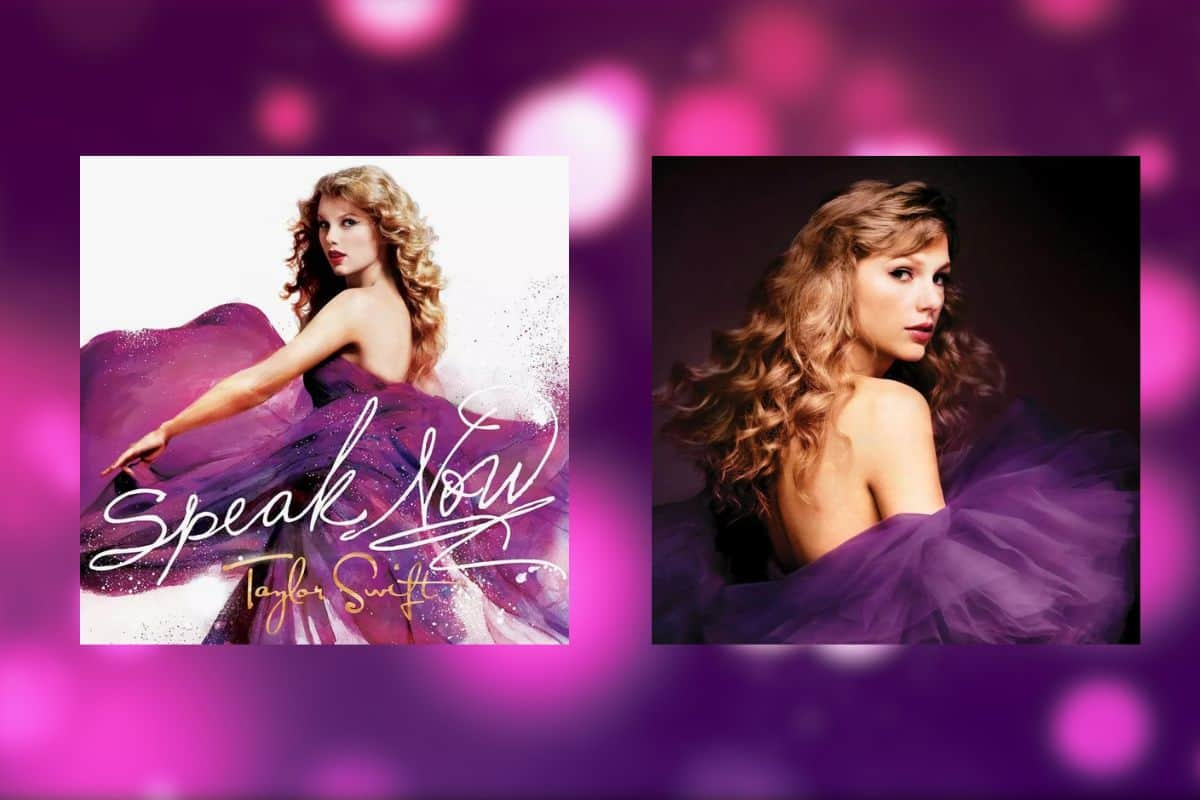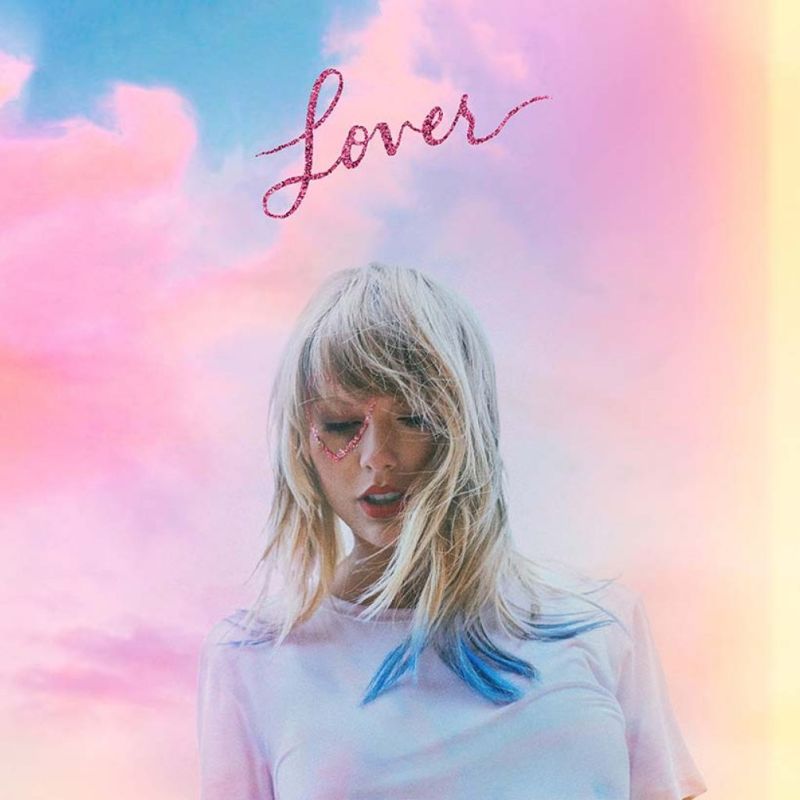Start Menu
Eras and Discography
Love, revenge, friendship, sadness... Taylor Swift has a song for every moment and that is thanks to her almost two decades in the musical world. If you're new to the swiftie world, hold on tight! Here's a basic explanation of Taylor Swift's eras.
The singer has released 10 albums and with each one of them she has transformed and evolved. Not only musically, but each of their albums has its own theme and aesthetic.
What are Taylor Swift Eras?
The explanation is simpler than it seems. Swifties actually refer to each album as an era. And no, it's not just for calling it another name, but because each album represents experiences and a very clear stage in Taylor Swift's life. From the previous experiences and emotions that helped her create it, to all the time she dedicates to promoting them.
So far we have a total of 10 eras of Taylor Swift. No, their Taylor's Version is not counted separately because they are re-recordings and maintain the essence and aesthetics of the original albums, information that you can find in the "T.V." section.
 |
It is also known as the “Debut era” or “debut era” because this was the first album that Taylor Swift released (back in 2006). The songs follow her early experiences as a teenager: the trials and confusions of young love and crushes, her insecurities, her friendships. Aesthetics: This era of Taylor Swift was marked by her tight blonde chinos, floral dresses, and cowboy boots. |
 |
More than talking about not being afraid, the name of the album talked about having it and still being able to overcome it to face the challenges that are put in front of you. Aesthetics: Taylor Swift went to a more bohemian style with necklaces and hats, but during the Fearless Tour she wore dresses with glitter and sequins. |
 |
Another of the eras of Taylor Swift that we have already doubled: the original came out in 2010 and its Taylor's Version in 2023. She knew she had to take control of her narrative, so ALL the songs were written by her. “The songs that emerged from this time in my life were marked by brutal honesty, unfiltered chronological confessions, and wild melancholy,” Taylor Swift when talking about her Taylor’s Version. Aesthetics: practically the Speak Now era is an ode to the color purple. It didn't matter how: dresses, layers of clothing, velvet suits. |
 |
Here Taylor Swift was already leaving her country stage far behind and began experimenting with new sounds. The original album came out in 2012 and its Taylor's Version in 2021. When she announced her rerecording, Taylor Swift defined this era as “a heartbroken person.” Their songs reflect emotions of happiness, confusion, freedom, loneliness, devastation, euphoria and the torture of past memories. Aesthetics: marked by a retro feel (like the 50s) with high-waisted pants and skirts. Of course, always with red lips. |
 |
This era officially defined her as a pop artist, as the album was strongly inspired by the synth pop (synthesized pop or techno pop) of the 80s. She titled her album 1989 because it was the year of her birth and to symbolize an artistic renaissance. The album begins with a song about New York, referring to the period when he moved to this city and where he had several changes. Independence, freedom, strength, happiness are some of the emotions we hear. Aesthetics: She completely left country behind to wear crop tops, short skirts, and glitter everywhere. |
 |
This is one of the most popular Taylor Swift eras, as she went from shy/innocent to empowered. It was practically her way of showing that she no longer cared what was said about her, or what her reputation would be. After a facet where his entire private life reached the newspapers. Surrounded by criticism and rumors, Taylor withdrew from public life and we stopped seeing her for a while. It was at this time that he conceived this album where he technically declares “Old Taylor is dead.” It came out in 2017 and we are still missing its Taylor's Version. Aesthetics: the color black is the basis of this era, as well as images of snakes (that's what they called it and it was appropriated), with lace and sequins. |
 |
After his “dark” side, she brought us an album that was “a love letter to love.” Yes, there were many songs about romantic love. But there are also songs about self-love and love for the people you love (friends, family). It was released in 2019 and its tour never happened thanks to Covid-19. Aesthetics: pastel colors, especially pink; rainbow, fringes, sparkles. |
 |
In the midst of isolation, Taylor Swift did not stay calm. He began to write, write and write. This is how in the dying summer of 2020 we had Folklore. Here he leaves pop aside a bit, to get into electroacoustic and indie folk styles. Influenced by her time in quarantine, the songs (which also tell short stories) reflect themes such as escapism, nostalgia, romanticism, loneliness and introspection. Aesthetics: minimalist and autumnal. |
 |
It turns out that Taylor Swift not only did enough research during the pandemic for one album, but two! In the same year, 5 months apart, he released this album. Therefore, technically Folklore and Evermore are Taylor Swift eras that go together, since they were almost simultaneously released. The singer described that although she changes eras with each album, she still wanted to get more “into the folklore forest.” This is how it is a continuation of the previous album, but with even more intense stories. Aesthetics: autumnal, neutral and natural. |  |
Thus we arrive at the last of the Taylor Swift eras (leaving aside her re-recordings). It was launched in October 2022. She herself explained that the songs capture those things that don't let her sleep past midnight. “A journey through terrors and sweet dreams,” he said on Instagram. This is how we have an approach to their most surprising dreams and their worst nightmares and insecurities. Aesthetics: more classic styles with shine and sparkles. |